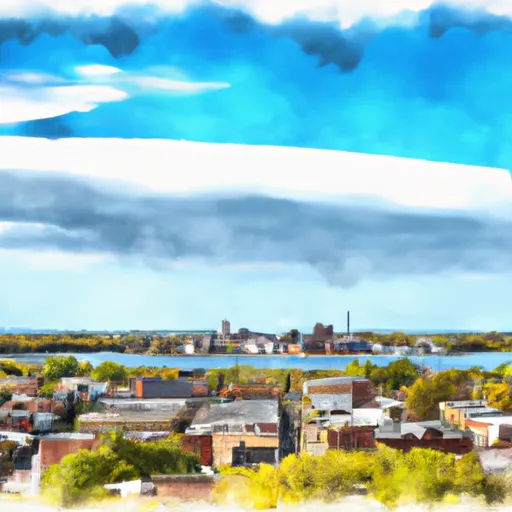°F
°F
mph
Windspeed
%
Humidity











Storm Lake is a charming city situated in Buena Vista County, Iowa. It experiences a humid continental climate, characterized by warm summers and cold winters. Average temperatures range from approximately 20°F (-6°C) in winter to 85°F (29°C) in summer. Precipitation is evenly spread throughout the year, with an average annual rainfall of 32 inches (81 cm).
The city takes its name from the beautiful lake it surrounds, Storm Lake. The lake serves as a recreational hub and offers a range of outdoor activities. Fishing enthusiasts can cast their lines in search of walleye, catfish, and crappie. Boating and water sports are popular, with boat ramps and marinas available for convenience. The lakeside parks provide ample opportunities for picnicking, hiking, and bird-watching.
Storm Lake is renowned for its diverse hydrology constituents. The lake's waters are home to various aquatic species, including waterfowl, frogs, turtles, and numerous fish species. The city's commitment to water quality improvement has resulted in the restoration of wetlands surrounding the lake, creating thriving ecosystems.
Overall, Storm Lake, Iowa offers a pleasant climate, diverse hydrology constituents, and exciting outdoor recreation opportunities centered around its picturesque lake.
Weather Forecast
Storm-Lake receives approximately 851mm of rain per year, with humidity levels near 82% and air temperatures averaging around 8°C. Storm-Lake has a plant hardyness factor of 5, meaning plants and agriculture in this region thrive during a short period during spring and early summer. Most plants will die off during the colder winter months.
Regional Streamflow Levels
28
Cubic Feet Per Second
55
Cubic Feet Per Second
58
Cubic Feet Per Second
421
Cubic Feet Per Second
Nearby Camping
| Camping Area | Reservations | Toilets | Showers |
|---|---|---|---|
| Viking Lake State Park | |||
| Lyons Park | |||
| Hacklebarney Woods County Park | |||
| Cocklin Fish Farm | |||
| Legion City Park | |||
| Cold Spring Park |



